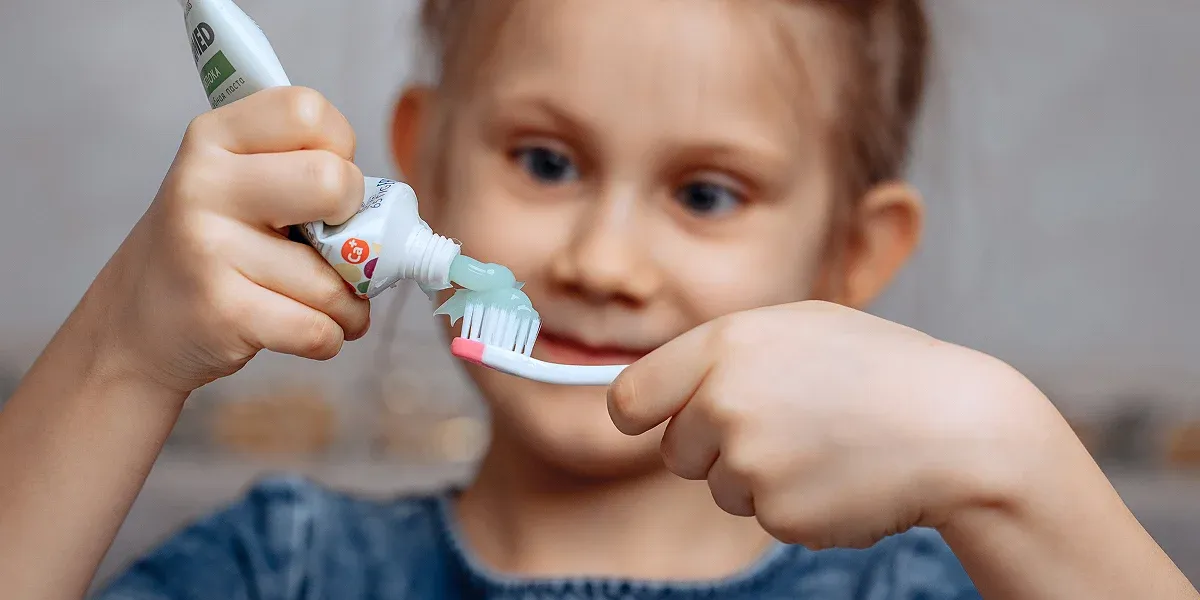
When Does Pediatric Tooth Extraction Become Necessary?
It's not unusual for parents to feel as anxious as their children during pediatric tooth extraction. The great news is that tooth removal is gentle, safe, and fast, and with the support of local anesthesia and nitrous oxide, not all that uncomfortable either.
Whenever possible, dentists will attempt to save a patient's natural tooth. In some cases, a severely decaying or injured tooth requires extraction. By removing a potential cause of discomfort and infection, dental extractions help restore oral health.
Infected or Broken Teeth in Children
Removing baby teeth is typically necessary in cases where the teeth have sustained significant damage. In a severe accident, for instance, a child's baby teeth may be broken, dislodged, or impacted, and it may be necessary to extract them.

An extraction may be necessary when a kid has irreparable decay or damage to one or more teeth. Such can result from trauma (a car crash or playing sports), infection (an abscess in the bone or gums), or a cavity that is too large to be filled. If no treatment options are available, your dentist may suggest pulling the tooth to fix the issue and prevent more damage.
How to ease children's tooth extraction?
In unlikely situations, you can take a few precautions to make the experience more comfortable for everyone involved. You may count on these recommendations:
- Choosing a dentist - By using a helpful resource, you can locate a dentist who focuses on pediatric patients and is skilled at calming nervous patients while showing them respect and compassion.
- Observe sedation - Dentists can provide a range of sedative methods to make the extraction process more straightforward and less distressing for your child, though this will vary on their age.
- Carefully observe the dentist's aftercare - Your dentist will provide detailed aftercare advice following tooth extraction. Please keep your child away from hard foods and straws for 24 hours. Be on the lookout for signs that your kid isn't following directions.
The Pediatric Tooth Extraction Procedure
First, your dentist might take an X-ray to examine the tooth's underlying roots and bone. In most cases, the dentist uses a local anesthetic for a simple extraction. After separating the tooth's periodontal ligaments, your dentist will gently use forceps to pry it out of its socket.
More extensive dental work in pediatric tooth extraction is increasingly possible thanks to sedation dentistry. Sedation with nitrous oxide or intravenous medication is common practice for this procedure. In cases of more difficult extractions, removing part of the gum tissue surrounding the tooth may be necessary to remove it successfully.

After Care for Pediatric Tooth Extraction
It's important to reassure your kid (and yourself) that they might have some bleeding after tooth extraction. Your dentist will immediately pack the area with sterile gauze. The extraction site may require a couple of stitches to ensure proper healing. A blood clot will form directly to protect the exposed bone behind the gums; be careful that the clot remains or the underlying bone might become inflamed and painful, a disease known as a dry socket.
The mouth may also swell around where your child has extracted the tooth. You should apply ice to the affected region for around twenty minutes to help reduce any swelling. Look out for any pain your child experience, and if swelling develops, you should discuss this issue with your child's pediatric dentist as soon as possible. You can provide your child with over-the-counter pain medicine if they experience discomfort or pain.
You should feed your child meals that are easy to chew for the initial day or two following the extraction, and you shouldn't allow them to drink via a straw because this could disturb the blood to a clot that is preventing the bleeding from getting worse.
Conclusion
So, this entire thread revolves around pediatric tooth extraction. It is best to develop positive dental hygiene practices in your child at the earliest feasible age. They must be aware of the many benefits of following excellent oral hygiene routines, such as teeth brushing twice a day and regularly flossing. These behaviors can help avoid various oral health concerns and help your child's smile remain intact for many years.
Contact your Stockton Pediatric dentist, Sajjad Rizvi, DDS, at Happy Kids Dental today to learn more about pediatric tooth extraction.
Resource:
Pediatric Dentistry For Adolescents
This media/content or any other on this website does not prescribe, recommend, or prevent any treatment or procedure. Therefore, we highly recommend that you get the advice of a qualified dentist or other medical practitioners regarding your specific dental condition.
Subscribe To Our Newsletter
Get Updates And Learn From The Best


